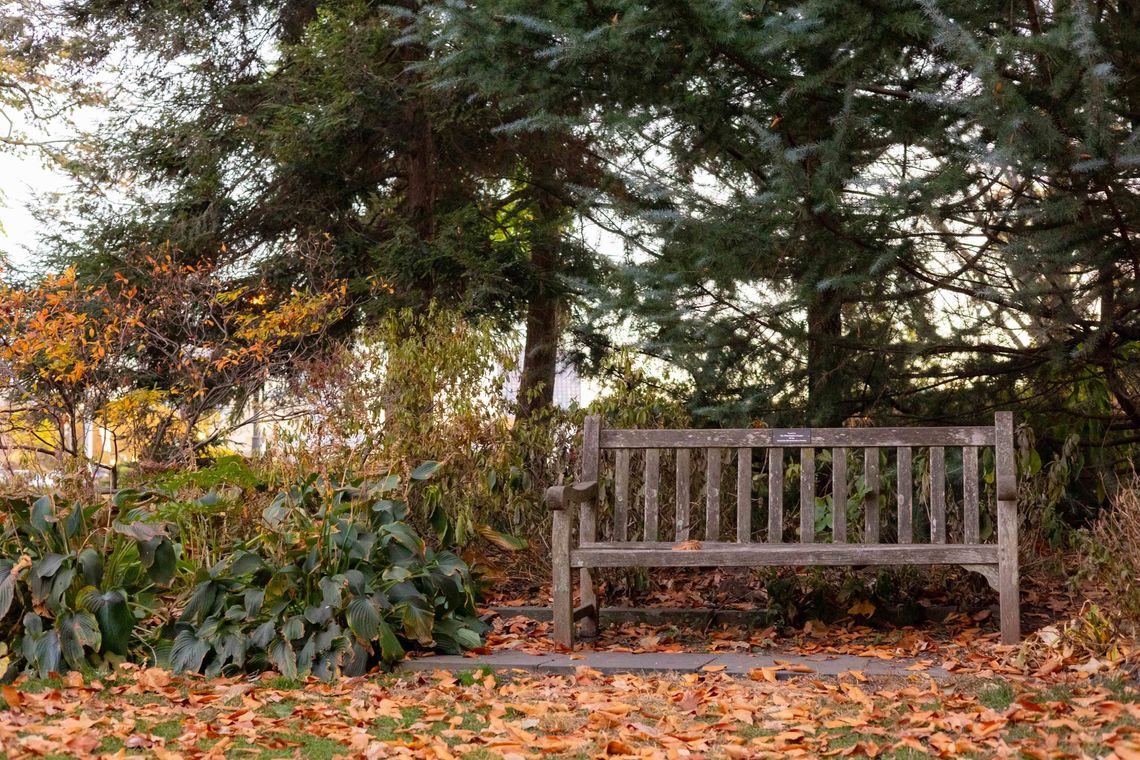



3 Soil Tips for Spring Planting
seasonal tips
plant care

By Sally Mccabe, PHS Associate Director of Community Education
The best time to prepare your spring soil is, of course, in the fall. Ideally, you would conduct a soil test and add lots of organic matter as part of your pre-winter garden cleanup. But don’t worry if you didn’t get around to it in the fall -- there’s no time like the present to get things done in the garden!
Here are three tips to prepare your soil now for the spring planting season.
Soil Tests
Are you starting to garden in a new space that is unknown? Do you know the history of the land, so you can make decisions about whether to test for toxic elements like lead? Are you continuing an existing garden that hasn’t been tested for nutrients in more than five years? Soil tests can be helpful for these reasons and are available for a small price. Contact Penn State for a standard nutrient test, but for heavy metals, I recommend going to the University of Massachusetts.

Add Organic Matter
Garden soil always benefits from the addition of organic matter. The soil we have here in the Philadelphia area is mostly clay (unless it’s a former building site), and it has plenty of minerals in it that plants need and love. But the clay particles are so small that it’s difficult for plant roots, water, and air to get between them. Bringing in soil for a new garden? Get a mix of 30% topsoil/70% compost. Most local landscapers now carry it and adding compost to the topsoil/clay/rubble makes the soil much more usable for the plants, as well as bringing an element of biology (and lots of micro critters) to the chemistry that is our Philadelphia clay.
The key to good soil health, and hence good plant health, is to keep those micro critters happy. Feeding them compost at every available occasion keeps them chomping big pieces and pooping out smaller pieces until finally, soil is usable and functional for plants. Whether you’re about to plant seeds, planting transplants, or have already planted and are just admiring your handiwork, adding compost into the mix is always beneficial. By putting some compost between your plants and garden rows, it can continuously rot downwards to feed those micro critters.

Avoid “Naked” Soil
“Naked” soil, or soil that is uncovered, is generally a bad thing. Short term nakedness is ok, because birds come and eat all the newly exposed bugs and grubs, but your garden will suffer if soil is uncovered for too long. For example, it's much harder to keep plants watered when the surface of the soil is constantly exposed to wind, air, and sun, which leads to the soil drying out. This dust also causes soil particles to get whipped up into the air by wind, and get into everything: clothes, eyes, noses, mouths, even into the house and the curtains. Soil dust is especially relevant to city gardens, since it’s the dust that gets lead and other contaminants into kids, not the plants grown in this dusty soil.
Additionally, weeds germinate faster in naked soil. Seeds of weeds explode out of the ground seemingly in an effort of the soil to cover up its unnatural nakedness. In fact, most weed seeds lie dormant in the soil until stimulated by light, which ultimately means that pulling up weeds leads to more weeds coming in.
Uncovered soil also leads to mud, and then crust, and then more weeds. Rain beating down on naked soil flattens out the surface, making it smooth and slippery. Then the soil bakes the surface into cement, which makes it difficult for anything except weeds to grow, since they have very low expectations.
Lastly, naked soil can easily be washed away and eroded. The combination of heavy rain, naked soil, and any sort of slope in the garden leads to land erosion.
So, cover it all up! Fig leaves are excellent, but if you don’t have enough of those, mulch or compost is a pretty good alternative.
With these soil tips and helpful reminders, you’ll be able to get your garden ready for the spring planting season, and be well on your way to healthy, nutrient-rich soil, even if you got a late start on soil prep.
Want more gardening tips and tricks? Sign up for our monthly newsletter.


